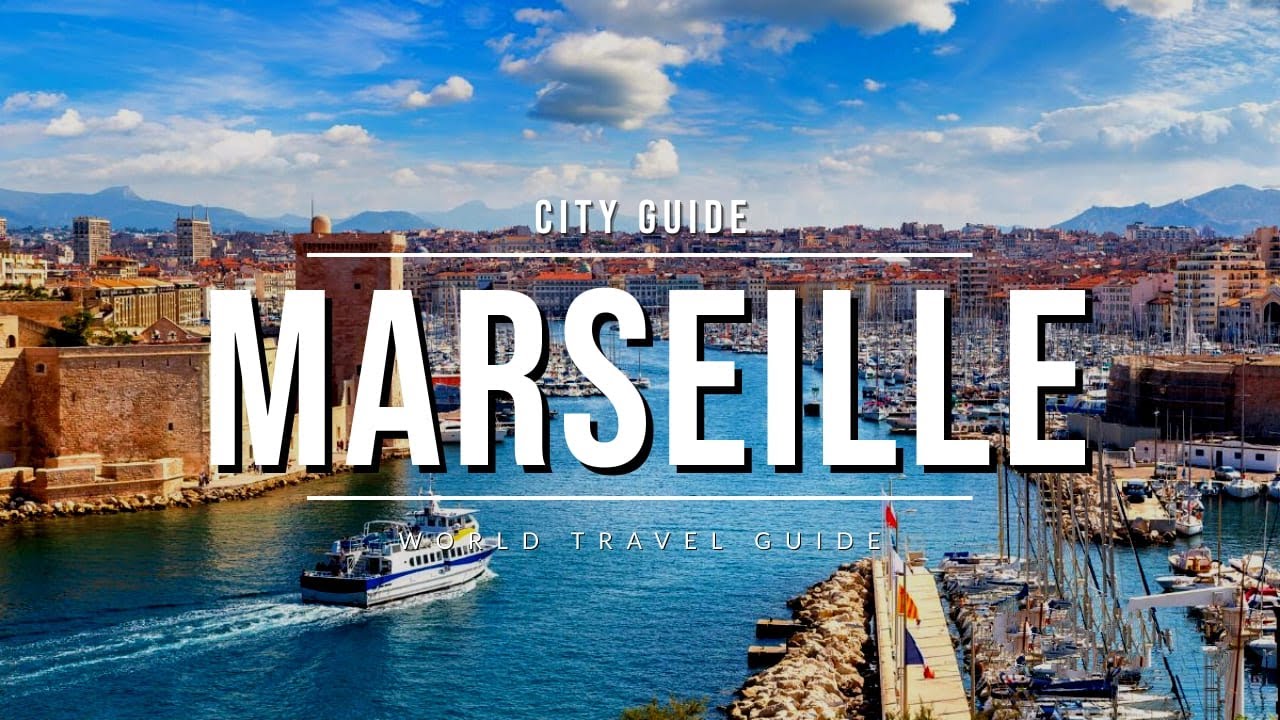Japan has unique money-related systems and unspoken rules that are second nature to locals but often completely unknown to …
20 Things to Know for the Updated Japan Money Guide 2025
- Cash is Still King, But Less Dominant: While Japan has been traditionally cash-heavy, the government is actively promoting cashless payments, aiming for a 40% cashless transaction rate by 2025. You’ll still need cash for many smaller shops, rural areas, vending machines, and some local restaurants, but credit card and mobile payment acceptance is steadily increasing.
- ATMs are More Accessible: As of April 2025, Seven Bank has completed its nationwide installation of new ATMs, reaching 28,000 units across Japan. These ATMs are found in Seven-Eleven stores, airports, train stations, commercial facilities, and tourist destinations in all 47 prefectures, making cash withdrawals much easier for tourists. Look for ATMs at 7-Eleven, Lawson, and FamilyMart convenience stores, which generally accept international cards.
- Withdrawal is Often Better Than Exchange: Withdrawing Japanese Yen from an ATM once you arrive is often the best way to get cash, as it typically offers better exchange rates than converting cash in your home country or at exchange counters in Japan, provided your card doesn’t charge high foreign transaction fees.
- No Tipping Culture Remains Strong (for 2025): Despite increasing international tourism, the “no-tipping” custom remains firmly entrenched in Japanese society. Tipping can even be considered rude or confusing. Excellent service is simply part of the culture.
- New Tourist Accommodation Tax (Autumn 2025): From autumn 2025, parts of Japan will introduce a new accommodation tax to combat overtourism. This will apply in prefectures like Hiroshima and Miyagi, and several cities in Hokkaido and Gifu. The amount will range from 100 to 500 yen (approx. €0.6-€3) per night, depending on the local government.
- Welcome Suica Mobile App (New for 2025): JR East launched their Welcome Suica Mobile app on March 6, 2025, for iPhone users (and Apple Watch). This is a game-changer for tourists, allowing you to use your phone for train, bus, and subway travel without needing a physical IC card. It also works for payments at convenience stores and vending machines.
- Physical Welcome Suica Still Available: If you prefer a physical card as a keepsake, the 28-day Welcome Suica card is still available for purchase at major Tokyo airports (Narita, Haneda) and 8 JR train stations.
- IC Cards are Your Best Friend (Even Digitally): Beyond transportation, IC cards like Suica (and Pasmo, Icoca, etc., which are interchangeable) can be used for small purchases at convenience stores, vending machines, lockers, and some restaurants. They significantly reduce the need for small change.
- Credit Card Acceptance is Growing: Major credit cards (Visa, MasterCard, American Express, JCB) are widely accepted in larger hotels, department stores, major chain restaurants, and international establishments. However, smaller, independent businesses, traditional ryokan, and some local eateries may still be cash-only.
- Prepaid Travel Cards are a Smart Option: Consider using a multi-currency travel card (like Wise) or a prepaid debit card (such as Revolut or N26) that allows you to load JPY at favorable exchange rates and spend without foreign transaction fees. These also offer a layer of security by not being linked directly to your main bank account.
- Understand Yen Denominations: Japanese Yen (JPY) comes in notes of ¥1,000, ¥2,000 (rare), ¥5,000, and ¥10,000. Coins are ¥1, ¥5, ¥10, ¥50, ¥100, and ¥500. A coin purse is highly recommended.
- Budgeting for a Trip (Estimates):
- Budget Travel: Around ¥7,000 – ¥10,000 per day ($45 – $65 USD), staying in hostels/capsule hotels, eating at convenience stores or budget eateries.
- Mid-Range Travel: Around ¥15,000 – ¥25,000 per day ($100 – $160 USD), staying in business hotels, eating at varied restaurants, and visiting attractions.
- Luxury Travel: ¥40,000+ per day ($260+ USD), staying in luxury hotels, fine dining, and extensive activities.
- Accommodation Costs (Estimates):
- Hostels/Capsule Hotels: ¥2,000 – ¥5,000 per night.
- Business Hotels: ¥8,000 – ¥20,000 per night.
- Mid-Range Hotels: ¥10,000 – ¥25,000+ per night.
- Ryokan (traditional inns): Can vary widely, from ¥10,000 to ¥50,000+ per person per night (often including meals).
- Food Costs (Estimates):
- Budget Meals (convenience store, ramen shop, fast food): ¥500 – ¥1,500 per meal.
- Mid-Range Restaurants: ¥1,500 – ¥4,000 per meal.
- Fine Dining: ¥5,000+ per meal.
- Drinks: Coffee around ¥450, 1.5L water ¥100-¥150, beer (bottle) ¥400+.
- Saving Money on Food:
- Convenience Stores (Konbini): 7-Eleven, FamilyMart, Lawson offer high-quality, affordable bento boxes, onigiri, sandwiches, and hot snacks 24/7.
- Supermarkets: Look for discounts on ready-to-eat food near closing time.
- Lunch Sets: Many restaurants offer cheaper set menus during lunch hours.
- Local Eateries: Venture away from tourist areas for more authentic and reasonably priced food.
- Consumption Tax Refund (Duty-Free Shopping): Tourists can get a refund on the 10% consumption tax for purchases over ¥5,000 at participating “Tax-Free” stores. As of March 31, 2025, Japan transitioned to a “Consumption Tax-on” model (effective November 1, 2026). This means you pay the tax at purchase, and then get a refund via a 3-step digital process (customs validation at departure via self-kiosks, refund issued once export is confirmed). Keep your passport handy for eligible purchases.
- JR Pass Considerations (2025): The Japan Rail Pass underwent a significant price increase in late 2023. While still a good option for extensive long-distance travel, carefully calculate if it’s cost-effective for your specific itinerary compared to individual tickets or regional passes, especially with the rising cost.
- Connectivity is Key for Digital Payments: Ensure you have reliable internet access (via pocket Wi-Fi, eSIM, or local SIM card) if you plan to rely heavily on payment apps or the Welcome Suica Mobile app.
- Security of Money is High: Japan has an extremely low crime rate, making it very safe to carry cash. However, standard precautions like using a secure wallet or money belt are always advisable. Japanese people often use trays when paying cash, so place your money on the tray rather than handing it directly to the cashier.
- Foreign Bank Account Opening for Longer Stays: For those planning longer stays (e.g., working holiday), opening a Japanese bank account is possible. Sony Bank and Prestia are often cited as foreigner-friendly options, with some offering multi-currency debit cards and English online services. Wise (formerly TransferWise) is also a popular alternative for managing multi-currency funds.
By keeping these points in mind, you’ll be well-prepared to manage your finances efficiently and enjoy your trip to Japan in 2025!









